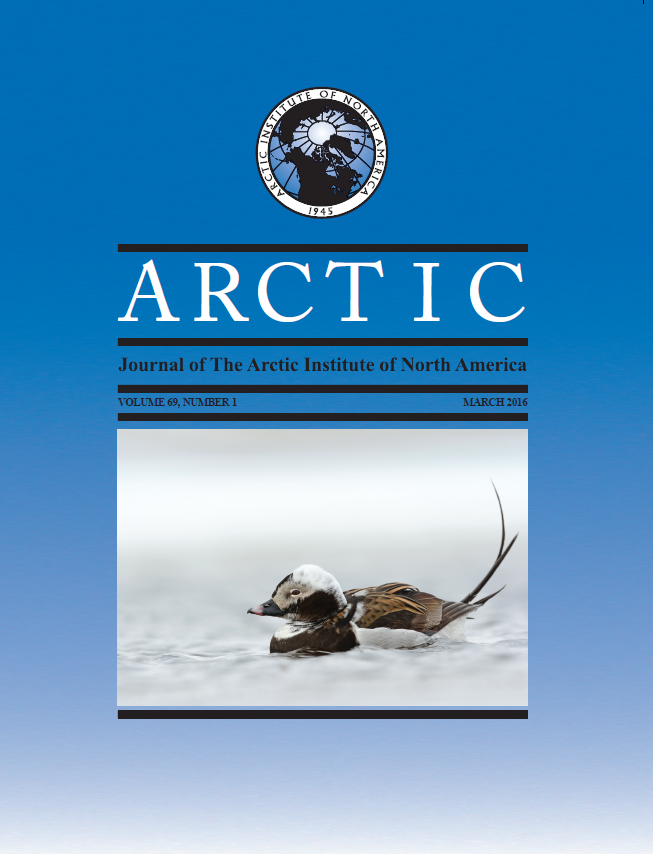Sea Level Change in the Western James Bay Region of Subarctic Ontario: Emergent Land and Implications for Treaty No. 9
DOI :
https://doi.org/10.14430/arctic4542Mots-clés :
réchauffement planétaire, relèvement isostatique glaciaire, variations du niveau de la mer, ouest de la baie James, Ontario subarctique, Cris, terres émergées, Traité no 9Résumé
En 1905 et 1906, les Cris du sud-ouest de la région de la baie James ont signé le Traité no 9, par le biais duquel ils ont cédé au gouvernement du Canada leur droit de revendication des terres au sud de la rivière Albany (la limite nord de la province de l’Ontario à l’époque). Le texte officiel du Traité no 9 ne faisait aucune mention des terres submergées sous l’eau, si bien que les Cris n’ont pas renoncé à ces régions à ce moment-là. En revanche, les Cris du nord-ouest de la baie James et du sud-ouest de la baie d’Hudson qui ont signé les adhésions au Traité no 9 (1929-1930) ont renoncé à leurs revendications aux « terres recouvertes d’eau » dans la zone délimitée au sud par la limite nord du Traité no 9, puisque cette clause était expressément incluse dans le texte de l’adhésion. La question des « terres recouvertes d’eau » est importante parce que l’ouest de la région de la baie James a été et continuera d’être assujettie aux variations du niveau de la mer liées aux ajustements continus découlant de la dernière période glaciaire et des récents signes de réchauffement planétaire. En l’absence de cartes détaillées, nous avons utilisé des modèles de ces processus, limités par les ensembles de données géophysiques et géodésiques disponibles, pour déterminer de façon rétrospective les changements du littoral et le taux d’émergence des terres au cours des deux derniers siècles dans les limites précisées dans le Traité no 9. Nous faisons également une projection de la migration du littoral jusqu’à la fin du XXIe siècle dans cette même région. Le taux d’émergence des terres depuis 1905 dans la région au sud de la rivière Albany est estimé à ~3,0 km2/année. Au cours du prochain siècle, les terres continueront d’émerger dans cette région au taux moyen de ~1,4 km2/année. Ces terres émergées devraient être prises en compte dans toute revendication territoriale globale présentée par les Cris. À cet égard, il sera intéressant de voir comment le système judiciaire canadien et la Direction générale des revendications globales traiteront cette nouvelle question des terres émergées.


